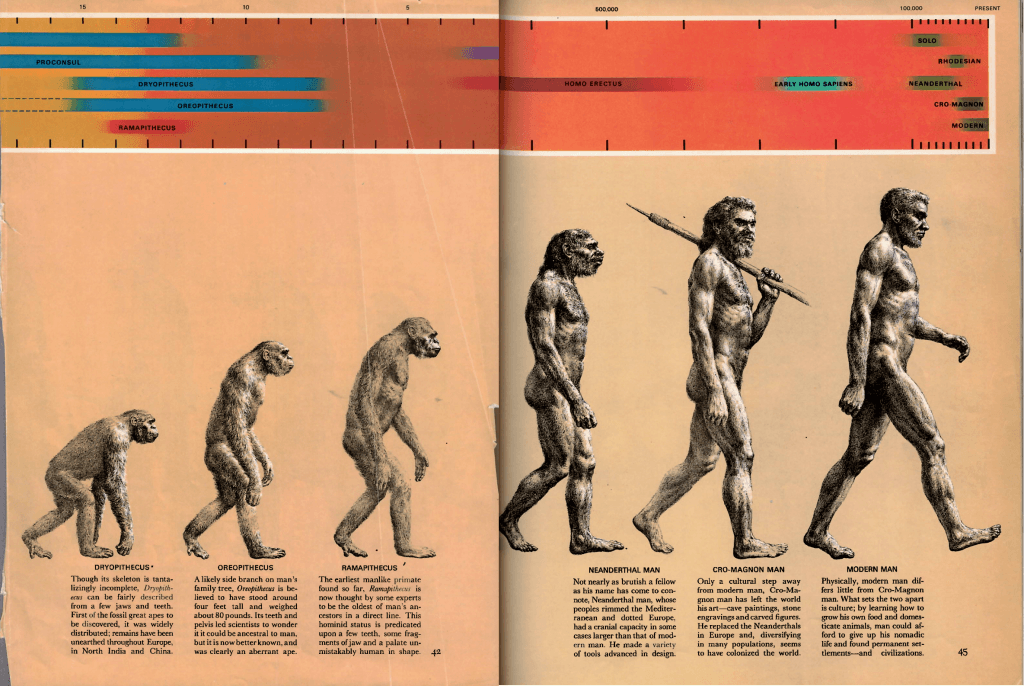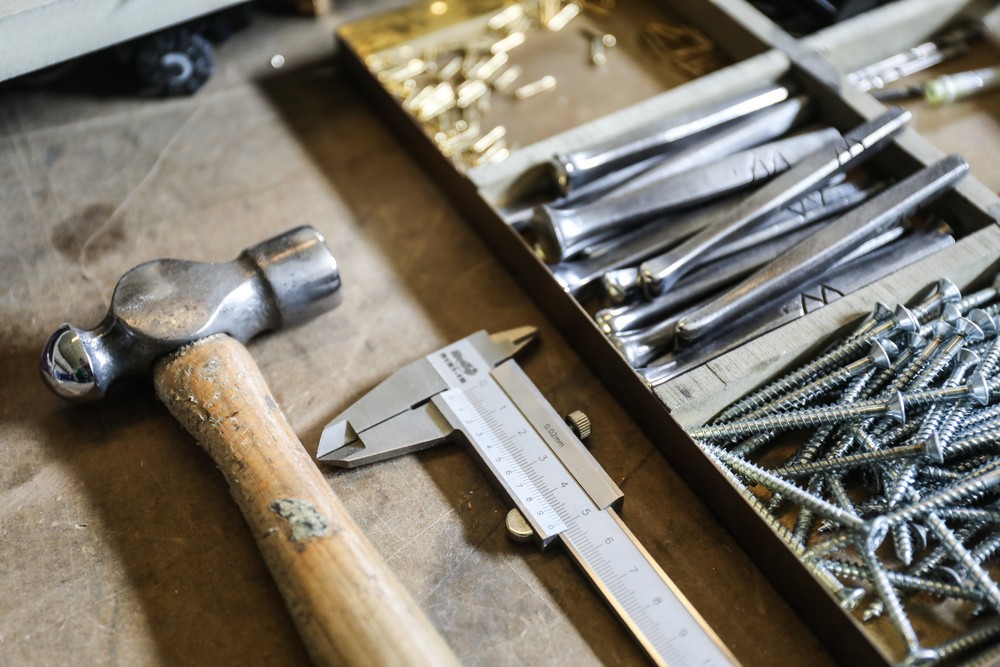Table of Contents
Introduction
In the realm of horology, where craftsmanship meets innovation, the term “First Watch” evokes a sense of timeless elegance and precision engineering. As the quintessential embodiment of sophistication and functionality, the “First Watch” holds a revered status among collectors, enthusiasts, and connoisseurs alike. This essay endeavours to delve into the rich history, technological advancements, and enduring appeal of the “First Watch,” tracing its evolution from a mere timekeeping device to a symbol of luxury, prestige, and impeccable craftsmanship.
Origins and Evolution

The origins of the “First Watch” can be traced back to ancient civilizations, where rudimentary timekeeping devices such as sundials and water clocks were used to mark the passage of time. However, it was not until the 16th century that the modern concept of the wristwatch began to take shape, with the introduction of portable timepieces worn on the wrist. Initially regarded as a novelty item for women, wristwatches gained popularity among men during the late 19th and early 20th centuries, spurred by innovations in watchmaking and the increasing demand for accurate timekeeping in various industries.
Technological Advancements

Over the centuries, the “First Watch” has undergone remarkable technological advancements, transforming from mechanical marvels powered by intricate gear trains and escapements to electronic wonders driven by quartz crystals and microprocessors. The advent of automatic winding mechanisms, shock-resistant materials, and water-resistant casings further enhanced the durability and reliability of wristwatches, making them indispensable companions for modern-day adventurers, athletes, and professionals. Moreover, the integration of innovative features such as chronographs, moon phases, and perpetual calendars added a layer of sophistication and utility to the “First Watch,” elevating it beyond a mere timekeeping device to a coveted accessory synonymous with style and status.
Craftsmanship and Design

At the heart of every “First Watch” lies a testament to the artistry and skill of master watchmakers who painstakingly craft each component with precision and attention to detail. From the intricately engraved movements to the meticulously polished cases and dials, every aspect of a “First Watch” reflects a commitment to excellence and a reverence for tradition. Whether adorned with precious gemstones, adorned with intricate enamel work, or embellished with ornate complications, each “First Watch” is a masterpiece of design and craftsmanship, worthy of admiration and appreciation for generations to come.
Legacy and Heritage

Beyond its functional utility and aesthetic appeal, the “First Watch” carries a rich legacy and heritage that transcends time and cultural boundaries. From the iconic designs of legendary watchmakers such as Rolex, Patek Philippe, and Audemars Piguet to the pioneering innovations of contemporary brands like Apple and Tag Heuer, the legacy of the “First Watch” endures as a symbol of human ingenuity, creativity, and perseverance. Moreover, the stories and anecdotes associated with iconic timepieces, from the Omega Speedmaster worn by astronauts on the moon to the Rolex Submariner worn by James Bond, add a layer of intrigue and mystique to the world of horology, captivating the imagination of enthusiasts and collectors worldwide.
Enduring Appeal
In an age of digital disruption and disposable technology, the allure of the “First Watch” remains undiminished, serving as a tangible reminder of craftsmanship, heritage, and timeless elegance. Whether passed down as heirlooms from one generation to the next or acquired as prized possessions by discerning collectors, “First Watches” continue to evoke a sense of pride, nostalgia, and admiration among aficionados. Moreover, the resurgence of interest in vintage timepieces, fueled by a desire for authenticity and individuality, underscores the enduring appeal of the “First Watch” as more than just a functional accessory but as a cherished artefact imbued with history and significance.
Conclusion
In conclusion, the “First Watch” stands as a testament to the enduring allure of horology, where tradition meets innovation, and craftsmanship meets artistry. From its humble origins as a utilitarian timekeeping device to its status as a symbol of luxury, prestige, and impeccable design, the “First Watch” continues to captivate the imagination of enthusiasts and collectors worldwide. As we navigate the complexities of modern life, the timeless elegance and enduring appeal of the “First Watch” serve as a reminder of the enduring value of craftsmanship, heritage, and the pursuit of excellence in an ever-changing world
For More Information Please Visit These Websites Viprow And Vecteezy

